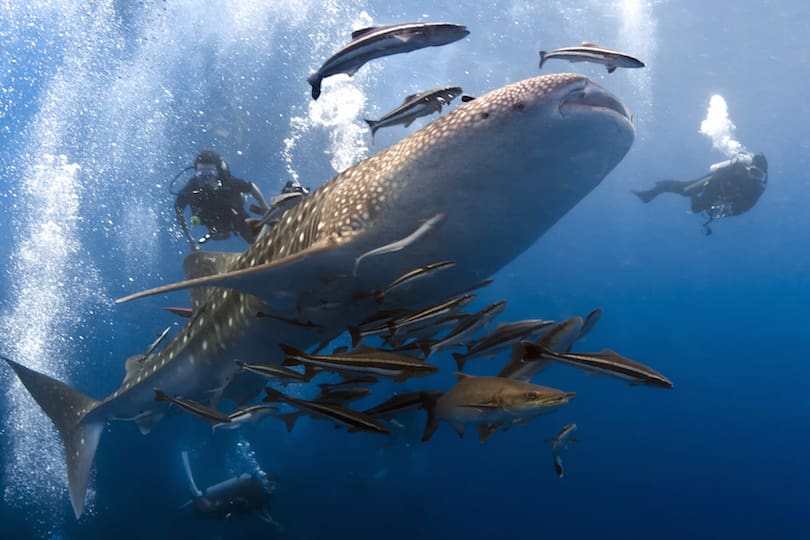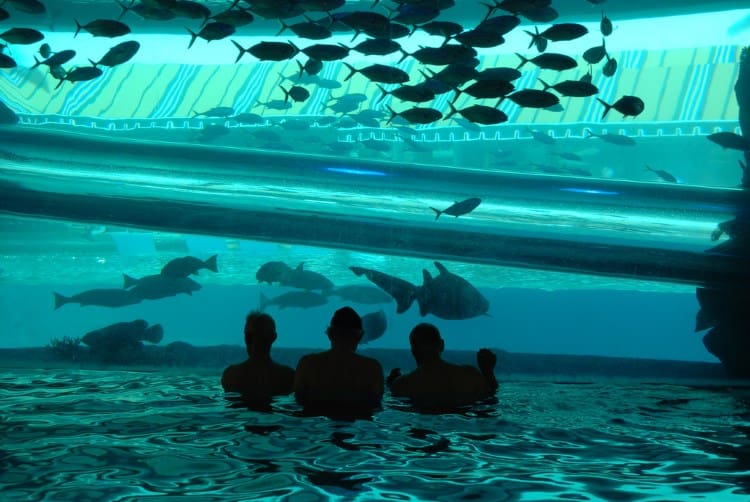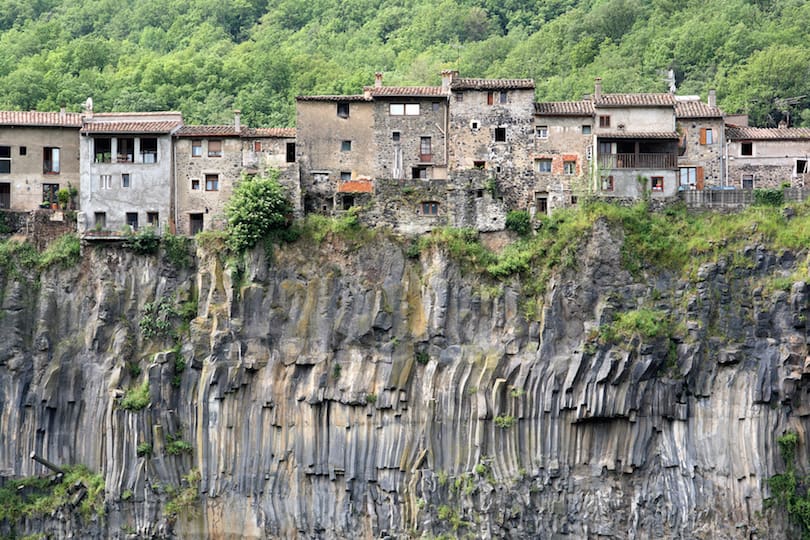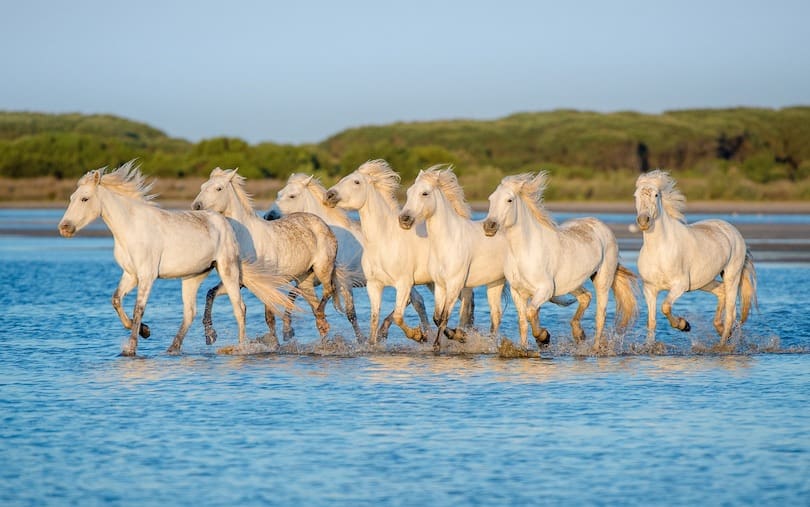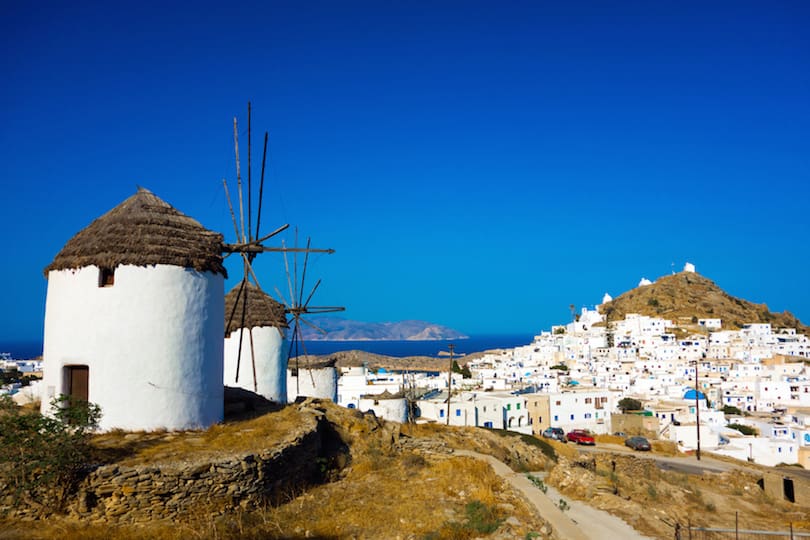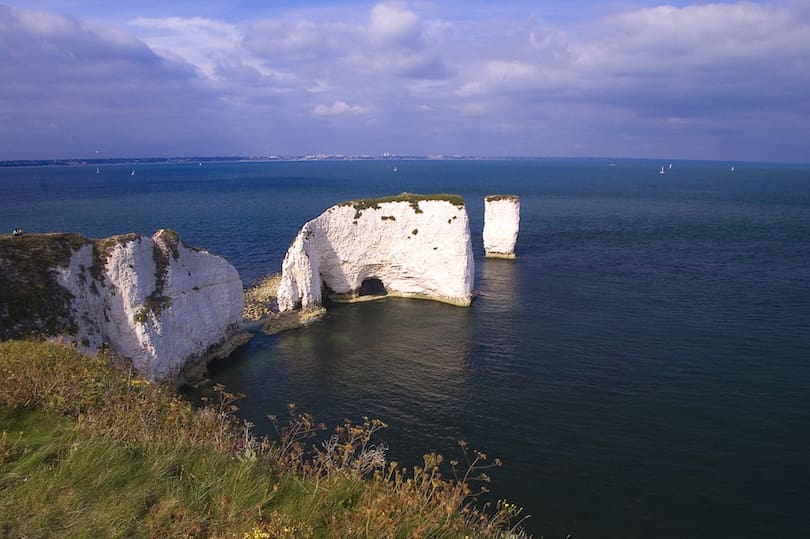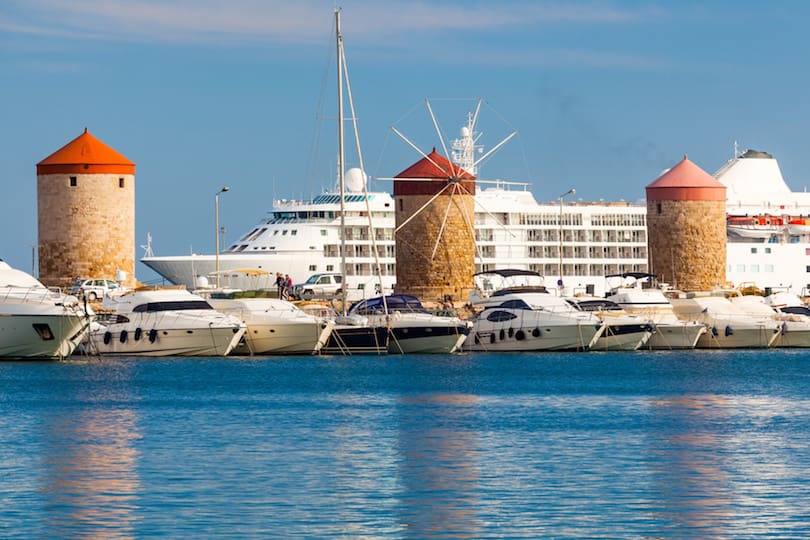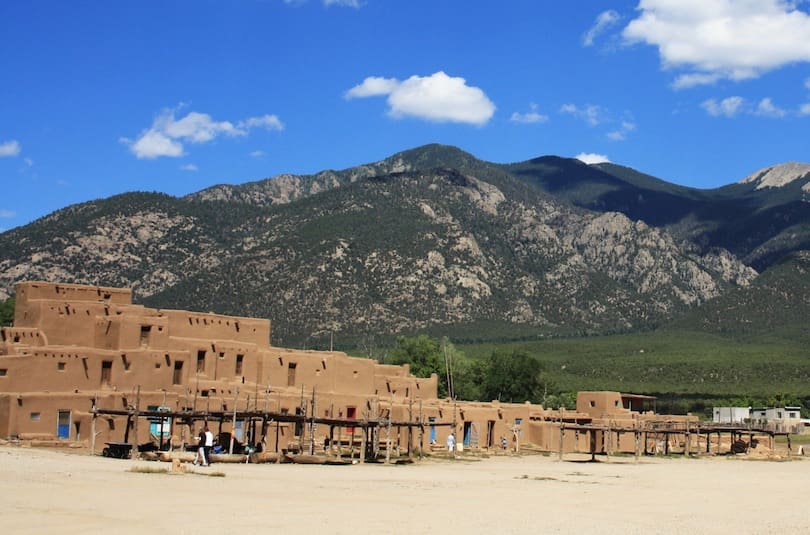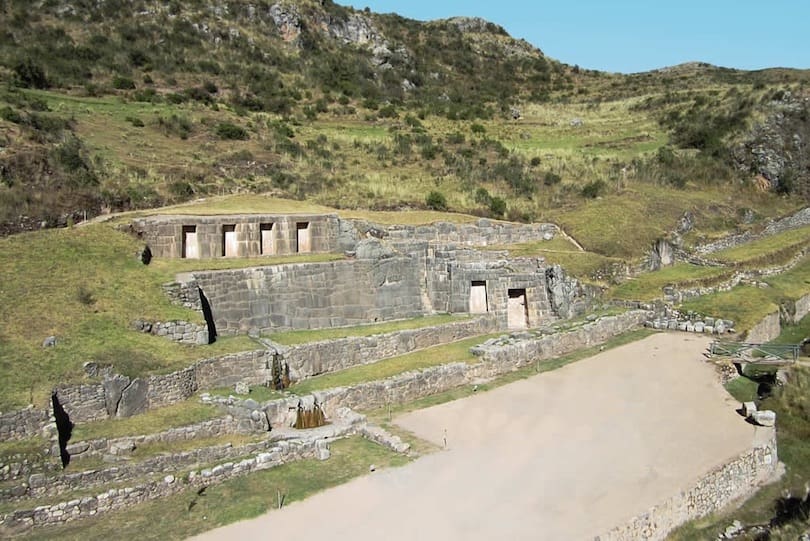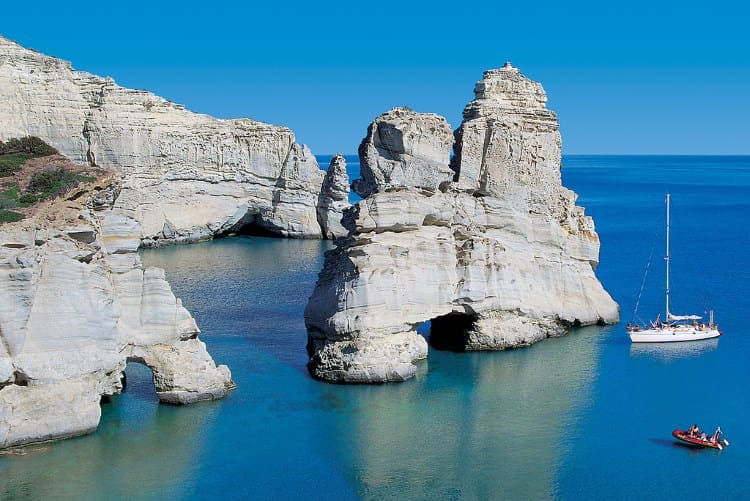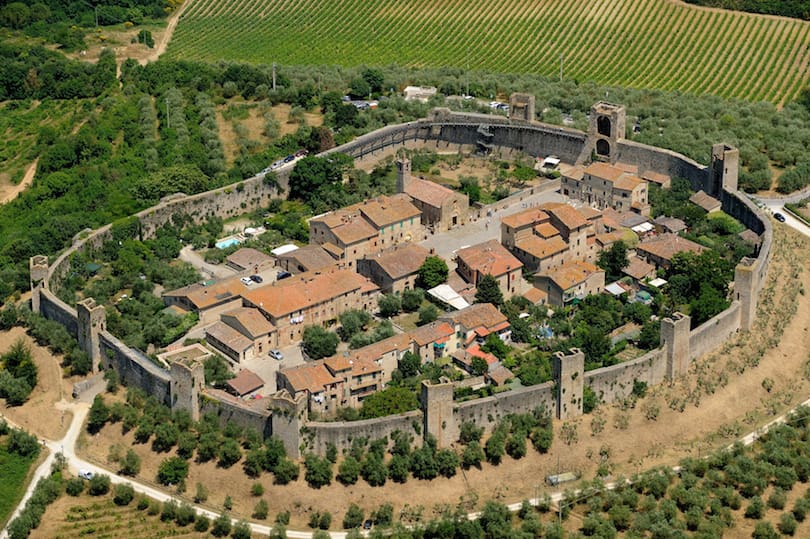Diving into the depths of the ocean is like stepping into another world. The underwater realm offers an unparalleled experience, where vibrant coral reefs, mysterious shipwrecks, and exotic marine life come together to create a breathtaking spectacle. In this article, we will explore the 10 best dive spots in the world , each offering unique opportunities for divers of all levels. Whether you’re a seasoned diver or a beginner eager to take your first plunge, these destinations promise unforgettable adventures beneath the waves.
Why These Dive Spots Are Worth Exploring
Before diving into the details, let’s understand why these locations stand out among thousands of dive sites worldwide. These spots are renowned for their biodiversity , crystal-clear waters , and unique underwater landscapes . They have been carefully selected based on their appeal to divers, ecological significance, and the experiences they offer. From the Great Barrier Reef in Australia to the Maldives’ turquoise lagoons, each destination provides something extraordinary.
The allure of these dive spots lies not only in their natural beauty but also in the sense of adventure they inspire. Each location has its own story, shaped by geological processes, marine ecosystems, and human history. For example, some sites are home to ancient shipwrecks that tell tales of maritime exploration, while others boast vibrant coral gardens that serve as nurseries for countless marine species. By exploring these dive spots, you’ll gain a deeper appreciation for the delicate balance of life beneath the waves and the importance of preserving these ecosystems for future generations.
1. Great Barrier Reef, Australia
The Crown Jewel of Marine Ecosystems
The Great Barrier Reef is the largest coral reef system in the world, stretching over 2,300 kilometers along Australia’s northeastern coast. It is home to over 1,500 species of fish, 400 types of coral, and countless other marine creatures. Divers here can explore vibrant coral gardens, swim alongside sea turtles, and witness the majestic manta rays gliding through the water.
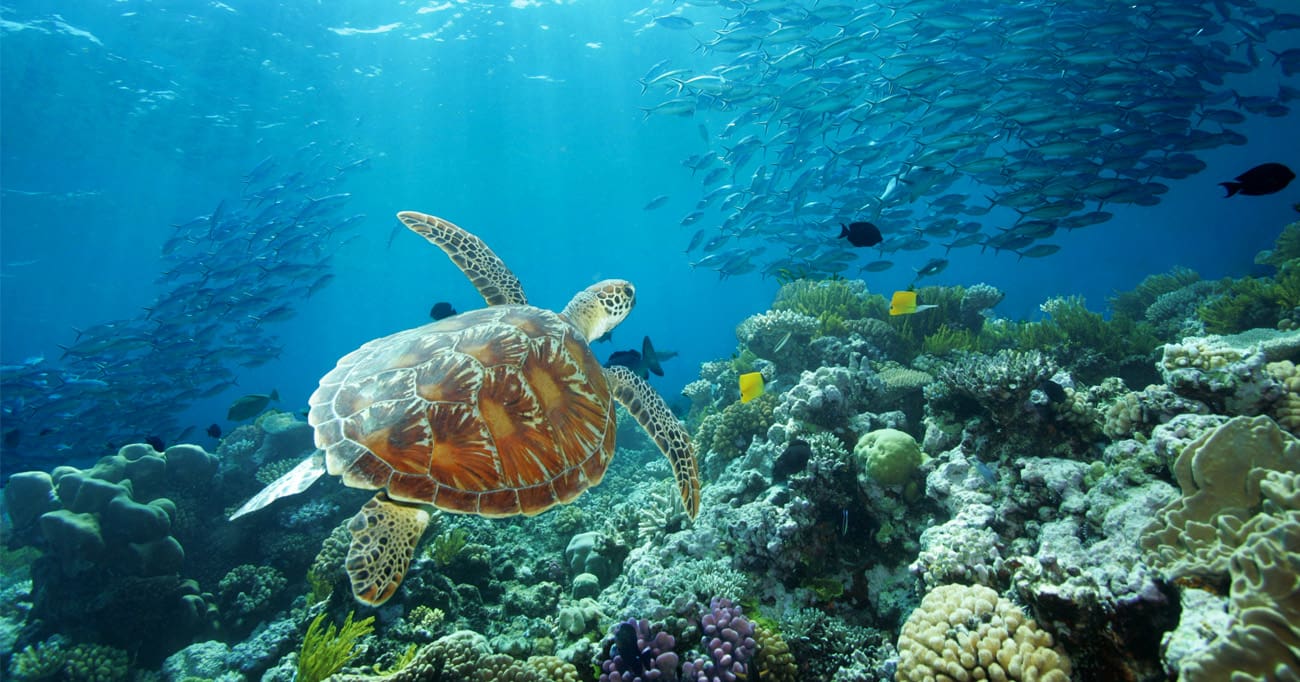
What Makes the Great Barrier Reef Special?
The Great Barrier Reef is not just a single reef; it’s a complex network of over 2,900 individual reefs and 900 islands. This diversity creates endless opportunities for exploration. Whether you’re snorkeling in shallow lagoons or descending into deeper channels, every dive reveals something new. One of the highlights is Ribbon Reefs, known for its pristine coral formations and abundant marine life. Another must-visit site is Cod Hole, where divers can interact with massive yet gentle potato cod.
Best Time to Visit
The ideal time to visit the Great Barrier Reef is between June and October when the weather is pleasant, and the water visibility is at its peak. During this period, divers can enjoy clear waters and encounter a variety of marine species. The dry season also reduces the risk of cyclones, ensuring safer diving conditions.
Travel Tips
- Book your dive trip with certified operators who prioritize eco-friendly practices.
- Consider staying in Cairns or Port Douglas, as they serve as excellent bases for exploring the reef.
- Always check weather conditions before heading out to sea.
Other Tourist Attractions
While you’re in Australia, don’t miss the chance to visit the Daintree Rainforest, one of the oldest rainforests in the world. You can also explore the Whitsunday Islands for their stunning beaches and sailing opportunities.
2. Maldives: A Paradise Beneath the Waves
A Symphony of Colors
The Maldives is synonymous with luxury and natural beauty. Its warm, azure waters are teeming with marine life, making it a top destination for divers. The archipelago boasts over 26 atolls, each offering unique dive sites. Highlights include encounters with whale sharks, hammerhead sharks, and vibrant coral reefs.
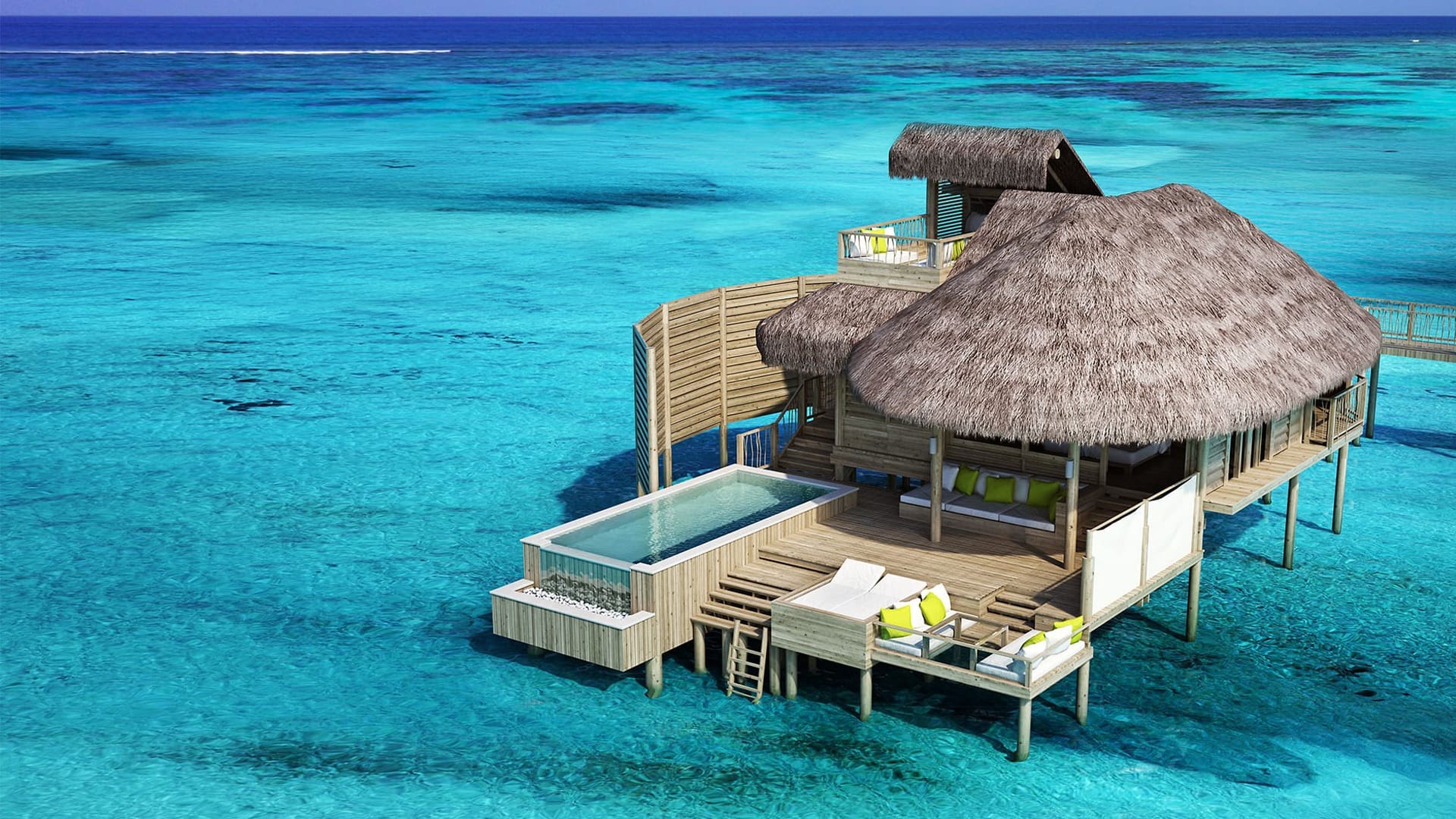
What Sets the Maldives Apart?
The Maldives is famous for its “thilas,” which are underwater pinnacles rising from the seafloor. These structures attract large pelagic species, including manta rays and reef sharks. Hanifaru Bay, a UNESCO Biosphere Reserve, is particularly renowned for its seasonal gatherings of manta rays and whale sharks, creating a mesmerizing feeding frenzy.
Best Time to Visit
The best time to dive in the Maldives is from November to April, during the dry season. This period offers calm seas and excellent visibility, perfect for underwater exploration. The northeast monsoon brings nutrient-rich waters, attracting larger marine species.
Travel Tips
- Opt for liveaboard dive trips to access remote dive sites.
- Respect the fragile ecosystem by avoiding touching corals or disturbing marine life.
- Don’t forget to pack reef-safe sunscreen to protect both your skin and the environment.
Other Tourist Attractions
Beyond diving, the Maldives offers luxurious resorts, pristine beaches, and cultural experiences. Visit Male, the capital city, to explore local markets and historical landmarks.
3. Galápagos Islands, Ecuador
A Living Laboratory of Evolution
The Galápagos Islands are famous for their unique wildlife, both above and below the water. Divers here can encounter marine iguanas, sea lions, and schools of hammerhead sharks. The nutrient-rich waters attract a diverse array of species, making every dive an adventure.
Why Dive in the Galápagos?
The Galápagos Islands are located at the confluence of several ocean currents, resulting in a rich mix of cold and warm water species. Darwin and Wolf Islands are particularly renowned for their shark populations, including scalloped hammerheads, Galápagos sharks, and even whale sharks during certain seasons. The strong currents and challenging conditions make this destination ideal for experienced divers seeking thrilling encounters.
Best Time to Visit
June to November is the best time to dive in the Galápagos, as the cooler waters bring larger pelagic species closer to shore. This period coincides with the Humboldt Current, which enriches the waters with nutrients.
Travel Tips
- Be prepared for strong currents and challenging dive conditions.
- Hire experienced guides familiar with the region’s unique marine life.
- Combine your dive trip with a land-based exploration of the islands’ iconic wildlife.
Other Tourist Attractions
Visit the Charles Darwin Research Station to learn about conservation efforts. Hike to the Sierra Negra Volcano for panoramic views of the archipelago.
4. Palau, Micronesia
The Underwater Kingdom
Palau is a hidden gem in the Pacific Ocean, known for its dramatic underwater landscapes and abundant marine life. The Blue Corner, Jellyfish Lake, and German Channel are just a few of the iconic dive sites that make Palau a must-visit destination.
Exploring Palau’s Unique Features
One of Palau’s most famous attractions is Jellyfish Lake, a marine lake filled with millions of harmless golden jellyfish. Divers can swim among these ethereal creatures in a surreal underwater ballet. Meanwhile, the Blue Corner is a drift dive site where divers can hook onto rocks and watch as schools of barracuda, snapper, and sharks pass by.
Best Time to Visit
Diving in Palau is possible year-round, but the dry season from December to April offers the best conditions. During this time, visibility can exceed 30 meters, allowing divers to fully appreciate the vibrant coral reefs and marine life.
Travel Tips
- Explore the Rock Islands, a UNESCO World Heritage Site, for a mix of diving and cultural experiences.
- Practice buoyancy control to avoid damaging delicate coral ecosystems.
- Try night diving to witness the nocturnal behavior of marine creatures.
Other Tourist Attractions
Discover the ancient stone monoliths of Badrulchau or relax on the secluded beaches of Peleliu Island.
5. Red Sea, Egypt
A Diver’s Dream Destination
The Red Sea is renowned for its vibrant coral reefs and diverse marine life. Popular dive sites like Ras Mohammed National Park and the SS Thistlegorm wreck attract divers from around the globe. The region’s clear waters and warm temperatures make it an ideal destination for year-round diving.
Why Choose the Red Sea?
The Red Sea is a treasure trove of marine biodiversity, with over 1,200 species of fish and 200 types of coral. Shipwrecks such as the SS Thistlegorm and Dunraven add a layer of intrigue, offering divers the chance to explore history beneath the waves. Ras Mohammed National Park, located at the southern tip of the Sinai Peninsula, is a protected area teeming with colorful reef fish, moray eels, and even occasional sightings of dolphins.
Best Time to Visit
The best time to dive in the Red Sea is from March to May and September to November, when the weather is mild and underwater visibility is optimal. These months also coincide with fewer crowds, allowing for a more peaceful diving experience.
Travel Tips
- Choose Sharm El Sheikh or Hurghada as your base for easy access to dive sites.
- Explore the desert landscapes and ancient temples during your stay.
- Stay hydrated and protect yourself from the sun while diving.
Other Tourist Attractions
Visit Luxor to explore the Valley of the Kings or take a Nile River cruise to see Egypt’s iconic landmarks.
6. Fiji: The Soft Coral Capital
A Kaleidoscope of Colors
Fiji is often referred to as the “Soft Coral Capital of the World,” thanks to its stunning underwater landscapes. The Great Astrolabe Reef and Rainbow Reef are among the highlights, offering divers a chance to swim amidst colorful corals and tropical fish.
Why Fiji Stands Out
Fiji’s soft corals are unlike anything else in the world. Their vibrant hues and intricate shapes create a kaleidoscopic effect, especially when illuminated by sunlight filtering through the water. The Somosomo Strait, home to the Rainbow Reef, is particularly famous for its “Great White Wall,” a vertical wall covered in white soft corals.
Best Time to Visit
The best time to dive in Fiji is from April to October, during the dry season. During this period, visibility is excellent, and the water temperature remains comfortable.
Travel Tips
- Experience a traditional Fijian kava ceremony to immerse yourself in local culture.
- Combine diving with island-hopping tours to discover Fiji’s hidden gems.
- Respect local customs and traditions while traveling.
Other Tourist Attractions
Explore the Sabeto Mud Pools or hike to the Tavoro Waterfalls for a refreshing break from diving.
7. Socorro Island, Mexico
Encounters with Giants
Socorro Island, part of the Revillagigedo Archipelago, is a haven for big animal enthusiasts. Divers here can encounter manta rays, humpback whales, and silky sharks. The remote location ensures pristine conditions and unforgettable encounters.
What Makes Socorro Unique?
Socorro Island is often called the “Mexican Galápagos” due to its rich marine biodiversity. The island’s isolation means that the marine life is abundant and unspoiled. Cabo Pearce and Roca Partida are two standout dive sites, known for their frequent sightings of giant manta rays and schooling hammerhead sharks.
Best Time to Visit
November to May is the best time to dive in Socorro, as this is when large marine species congregate in the area. Humpback whales migrate through the region from January to March, adding another dimension to the diving experience.
Travel Tips
- Plan your trip well in advance, as Socorro Island is accessible only via liveaboard.
- Bring a camera to capture the incredible marine life you’ll encounter.
- Be prepared for deep dives and strong currents.
Other Tourist Attractions
Visit Cabo San Lucas for its vibrant nightlife and whale-watching opportunities.
8. Raja Ampat, Indonesia
The Epicenter of Marine Biodiversity
Raja Ampat is home to the highest marine biodiversity on Earth, with over 1,500 species of fish and 600 types of coral. The region’s untouched reefs and crystal-clear waters make it a paradise for divers.
Why Raja Ampat Is a Must-Dive Destination
Raja Ampat’s remote location in West Papua has helped preserve its pristine condition. The Misool Eco Resort and Wayag Islands are popular starting points for dive expeditions. Divers can expect to see everything from pygmy seahorses to massive whale sharks, all within a single trip.
Best Time to Visit
The best time to dive in Raja Ampat is from October to April, during the dry season. This period offers calm seas and excellent visibility, making it easier to explore the intricate coral reefs.
Travel Tips
- Stay in eco-friendly resorts that support sustainable tourism.
- Explore the mangroves and limestone karsts for a unique perspective.
- Respect the local communities and their traditions.
Other Tourist Attractions
Visit the Wayag Islands for their iconic limestone formations or explore the Cenderawasih Bay National Park.
9. Belize Barrier Reef
A Hidden Treasure
The Belize Barrier Reef is the second-largest coral reef system in the world, offering divers a chance to explore vibrant reefs, mangroves, and the famous Great Blue Hole.
What Makes Belize Special?
The Great Blue Hole is undoubtedly Belize’s crown jewel. This massive underwater sinkhole measures 300 meters across and plunges to a depth of 125 meters. Divers can descend into its depths to admire stalactites and unique marine life. Beyond the Blue Hole, the Turneffe Atoll and Glover’s Reef provide additional opportunities to explore Belize’s rich marine ecosystems.
Best Time to Visit
April to June is the best time to dive in Belize, as the weather is stable and visibility is excellent. These months fall outside the hurricane season, ensuring safer diving conditions.
Travel Tips
- Combine your dive trip with a visit to the Mayan ruins of Xunantunich.
- Support local conservation efforts by choosing responsible tour operators.
- Try snorkeling if you’re not yet certified for scuba diving.
Other Tourist Attractions
Explore the lush jungles of Belize or relax on the white-sand beaches of Ambergris Caye.
10. Silfra Fissure, Iceland
Diving Between Continents
The Silfra Fissure offers a once-in-a-lifetime opportunity to dive between two tectonic plates—the North American and Eurasian plates. The crystal-clear glacial water provides unparalleled visibility, making it a bucket-list destination for divers.
Why Dive in Silfra?
Silfra’s water originates from the Langjökull Glacier and filters through porous lava rock for decades before reaching the fissure. This natural filtration process results in water so clear that visibility can exceed 100 meters. The fissure itself is narrow, creating an intimate and surreal diving experience.
Best Time to Visit
Diving in Silfra is possible year-round, but summer months (June to August) offer milder temperatures. Winter diving is also an option, though it requires additional preparation for colder conditions.
Travel Tips
- Wear a drysuit, as the water temperature remains around 2°C to 4°C year-round.
- Take a guided tour to ensure safety and maximize your experience.
- Capture the surreal underwater scenery with an underwater camera.
Other Tourist Attractions
Visit the Golden Circle to see geysers, waterfalls, and volcanic landscapes.
Conclusion
Exploring the 10 best dive spots in the world is a journey into the heart of our planet’s most awe-inspiring underwater ecosystems. Each destination offers a unique blend of adventure, beauty, and discovery, making them must-visit locations for divers. Whether you’re drawn to the vibrant coral reefs of the Great Barrier Reef or the mysterious depths of the Silfra Fissure, these dive spots promise memories that will last a lifetime.
10 FAQs About the Best Dive Spots in the World
- What is the best time to dive in the Great Barrier Reef?
- The best time is between June and October for optimal visibility and weather conditions.
- Are there any dangerous animals in the Maldives?
- While sharks are present, they are generally harmless to divers.
- Do I need advanced certification to dive in the Galápagos?
- Yes, due to strong currents, advanced certification is recommended.
- Can beginners dive in Palau?
- Yes, many sites cater to beginners, but some require advanced skills.
- What makes the Red Sea unique for diving?
- Its vibrant coral reefs and historic shipwrecks set it apart.
- Is Fiji suitable for family diving trips?
- Absolutely, Fiji offers family-friendly dive sites and resorts.
- How do I get to Socorro Island?
- Accessible only via liveaboard from Cabo San Lucas.
- What marine life can I see in Raja Ampat?
- Expect to see manta rays, pygmy seahorses, and whale sharks.
- What is the Great Blue Hole in Belize?
- A massive underwater sinkhole offering unique diving experiences.
- Why is Silfra Fissure famous?
- It’s the only place where you can dive between two tectonic plates.

